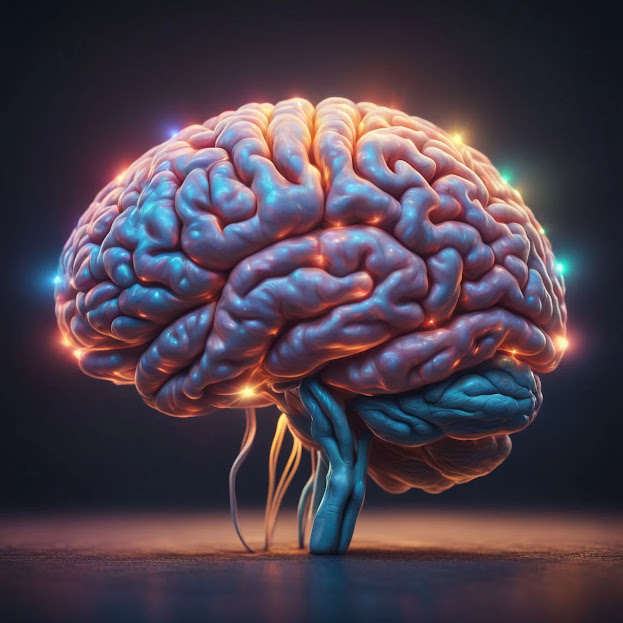Regulation Of Phosphatidic Acid Synthesis at The Exocytotic Site: Implication of GTPASES And Kinases
Regulation of
phosphatidic acid synthesis at the exocytotic site involves the intricate
interplay of GTPases and kinases, which play crucial roles in modulating lipid
metabolism and membrane dynamics during exocytosis. Here is an overview of how
GTPases and kinases are implicated in the regulation of phosphatidic acid
synthesis at the exocytotic site:
1. GTPases in
Phosphatidic Acid Synthesis:
o Rab GTPases: Rab GTPases are
key regulators of vesicle trafficking and membrane fusion during exocytosis.
They control the spatial and temporal dynamics of membrane trafficking events.
o Arf GTPases: Arf GTPases are
involved in vesicle formation, cargo sorting, and vesicle budding at the Golgi
apparatus and endosomes. They regulate membrane trafficking pathways that
impact phospholipid metabolism.
o Rho GTPases: Rho GTPases
play a role in actin cytoskeleton dynamics and membrane remodeling. They can
influence lipid metabolism indirectly by modulating cytoskeletal organization
and membrane curvature.
2. Kinases in
Phosphatidic Acid Synthesis:
o PI3K
(Phosphoinositide 3-Kinase): PI3Ks are key enzymes that phosphorylate phosphatidylinositol lipids,
generating phosphoinositides that serve as signaling molecules. They regulate
membrane trafficking and vesicle fusion events during exocytosis.
o PLD
(Phospholipase D): PLD enzymes catalyze the hydrolysis of phosphatidylcholine to generate
phosphatidic acid. They are involved in membrane remodeling, vesicle
trafficking, and exocytosis.
o PKC (Protein
Kinase C): PKC
isoforms can phosphorylate and regulate enzymes involved in phosphatidic acid
metabolism. They modulate membrane dynamics and protein interactions at the
exocytotic site.
3. Implications for
Exocytosis:
o Membrane Fusion: GTPases and
kinases regulate membrane fusion events by modulating lipid composition and membrane
curvature at the exocytotic site.
o Vesicle Docking
and Priming: These signaling molecules influence vesicle docking, priming, and fusion
with the plasma membrane, essential steps in neurotransmitter release.
o Regulation of
SNARE Complexes: GTPases and kinases may impact the assembly and function of SNARE
complexes, which are essential for vesicle fusion and neurotransmitter release.
4. Integration of
Signaling Pathways:
o Cross-Talk: GTPases and
kinases interact with multiple signaling pathways involved in exocytosis,
including calcium signaling, cytoskeletal dynamics, and protein phosphorylation
cascades.
o Fine-Tuning
Exocytosis: The
coordinated action of GTPases and kinases allows for precise regulation of
phosphatidic acid synthesis and membrane dynamics during exocytosis.
o Neuronal
Communication: Proper regulation of lipid metabolism at the exocytotic site by GTPases
and kinases is essential for efficient neuronal communication and synaptic
transmission.
Understanding how
GTPases and kinases regulate phosphatidic acid synthesis at the exocytotic site
provides insights into the molecular mechanisms underlying neurotransmitter
release and synaptic function. Dysregulation of these signaling pathways may
impact synaptic vesicle dynamics and neurotransmission, highlighting the
importance of GTPases and kinases in maintaining proper neuronal function.


Comments
Post a Comment